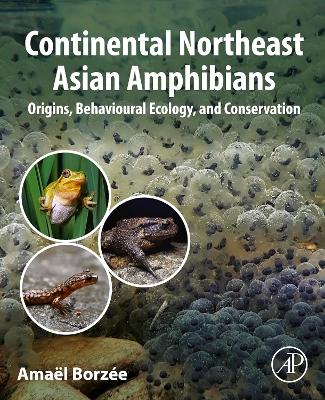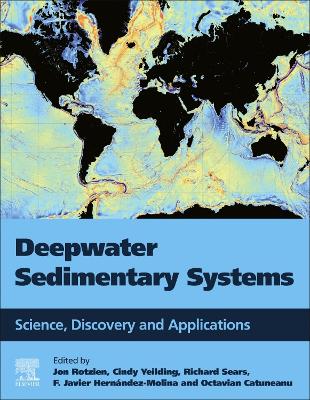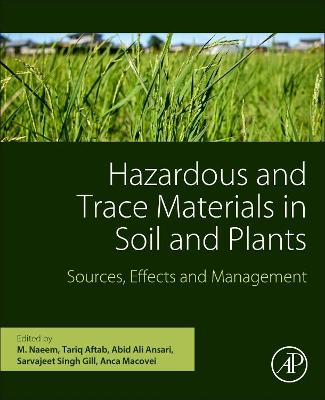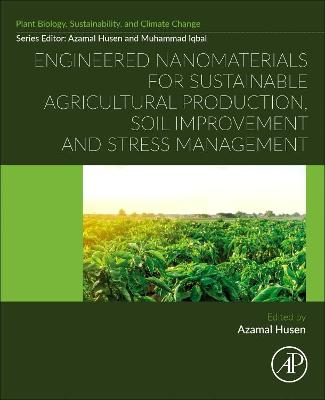Methods in Soil Zoology
 -10%
portes grátis
-10%
portes grátis
Methods in Soil Zoology
Gorny, M.; Grum, L.
Elsevier Science & Technology
01/1993
472
Dura
Inglês
9780444988232
0444988238
15 a 20 dias
Aimed at both the beginner and the advanced research worker, this work provides soil zoologists with a wide range of methods used in the sampling and extraction of animals from soil. It covers permanent inhabitants as well as taxonomic groups which are not considered to be typical soil-dwellers.
Part 1 Ecological foundations of quantitative studies, M. Gorny and L. Grum. Part 2 Selected aspects of mathematical statistics, K. Kasprzak: types of characteristics; random samples and sampling; probability and types of distribution; parameters of a characteristic studied in a general population; relationship between standard deviation and general characteristics of distributive series; correlation; sample size. Part 3 Methods for the investigation of the spatial distribution of the soil faune, T. Huflejt and A.J. Karwowski: the method of indexes; comparing empirical and theoretical distributions; the method of regression; determination of the type of spatial distribution of single individuals. Part 4 Apparatus and tools for the extraction of animals from the soil, M. Kaczmarek: tools for taking core sampling units of soil; tools and apparatus for extracting animals from core samples; tools and apparatus facilitating the sorting of faunistic material obtained from soil samples. Part 5 Methods for the assessment of population density: protozoa, K. Jopkiewicz and H. Sztrantowicz; gastrotricha, J. Kisielewski; turbellaria, J. Kolasa; nematoda, J. Kozlowska and L. Wasilewska; gastropoda, A. Kalinowska; lumbricidae, K. Jopkowicz; encytraeidae, M. Gorny; aelosomatidae, potamodrilidae, naididae, tubificidae, lumbriculidae and haplotaxidae, K. Kasprzak; isopoda, diplopoda and chilopoda, T. Stachurska-Hagen; collemboia, M. Kaczmarek; formicidae, J. Petal and B. Pisarski; other insects; acarida, W. Niedbala and A. Rajski; araneida, A. Kajak; vertebrata, G. Bujalska. Part 6 Methods for fixing and perservating soil animals, K. Kasprzak: the study of live speciments; fixing; preservation and storage of fixed material; detailed methods of fixing and preservation; formulae for compound fixinf fluids, stains, mountants and narcotics. Part 7 Methods for the measurement of the biomass of soil fauna, H. Zyromska-Rudzka: detailed measurement recommendations. Part 8 Biocoenotic indexes used in the ordering and analysis of data in quantitative studies, K. Kasprzak and W. Niedbala: analytical indexes; synthetic indexes; methods for the ordering and grouping of elements on the basis of similarity. Part 9 Methods of zoocoenological analysis, J. Luczak and T. Wierzbowska.
Este título pertence ao(s) assunto(s) indicados(s). Para ver outros títulos clique no assunto desejado.
Aimed at both the beginner and the advanced research worker, this work provides soil zoologists with a wide range of methods used in the sampling and extraction of animals from soil. It covers permanent inhabitants as well as taxonomic groups which are not considered to be typical soil-dwellers.
Part 1 Ecological foundations of quantitative studies, M. Gorny and L. Grum. Part 2 Selected aspects of mathematical statistics, K. Kasprzak: types of characteristics; random samples and sampling; probability and types of distribution; parameters of a characteristic studied in a general population; relationship between standard deviation and general characteristics of distributive series; correlation; sample size. Part 3 Methods for the investigation of the spatial distribution of the soil faune, T. Huflejt and A.J. Karwowski: the method of indexes; comparing empirical and theoretical distributions; the method of regression; determination of the type of spatial distribution of single individuals. Part 4 Apparatus and tools for the extraction of animals from the soil, M. Kaczmarek: tools for taking core sampling units of soil; tools and apparatus for extracting animals from core samples; tools and apparatus facilitating the sorting of faunistic material obtained from soil samples. Part 5 Methods for the assessment of population density: protozoa, K. Jopkiewicz and H. Sztrantowicz; gastrotricha, J. Kisielewski; turbellaria, J. Kolasa; nematoda, J. Kozlowska and L. Wasilewska; gastropoda, A. Kalinowska; lumbricidae, K. Jopkowicz; encytraeidae, M. Gorny; aelosomatidae, potamodrilidae, naididae, tubificidae, lumbriculidae and haplotaxidae, K. Kasprzak; isopoda, diplopoda and chilopoda, T. Stachurska-Hagen; collemboia, M. Kaczmarek; formicidae, J. Petal and B. Pisarski; other insects; acarida, W. Niedbala and A. Rajski; araneida, A. Kajak; vertebrata, G. Bujalska. Part 6 Methods for fixing and perservating soil animals, K. Kasprzak: the study of live speciments; fixing; preservation and storage of fixed material; detailed methods of fixing and preservation; formulae for compound fixinf fluids, stains, mountants and narcotics. Part 7 Methods for the measurement of the biomass of soil fauna, H. Zyromska-Rudzka: detailed measurement recommendations. Part 8 Biocoenotic indexes used in the ordering and analysis of data in quantitative studies, K. Kasprzak and W. Niedbala: analytical indexes; synthetic indexes; methods for the ordering and grouping of elements on the basis of similarity. Part 9 Methods of zoocoenological analysis, J. Luczak and T. Wierzbowska.
Este título pertence ao(s) assunto(s) indicados(s). Para ver outros títulos clique no assunto desejado.







